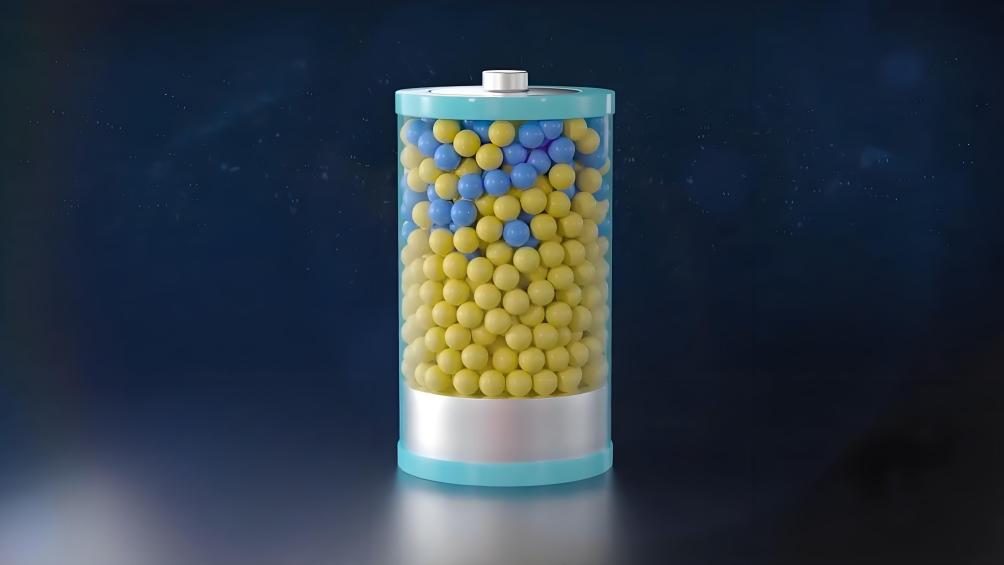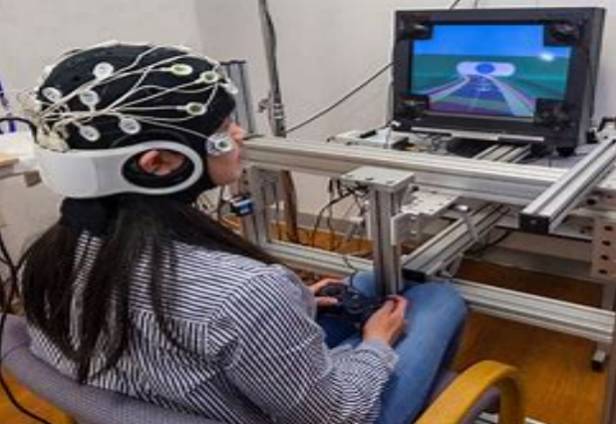The Leapfrog Development of AI Chips
Have you noticed that smartphones, smart speakers, and even smart home devices are becoming increasingly adept at understanding you? When you say, "Adjust the lighting for me," the lights brighten instantly. If you ask, "What's the weather like tomorrow"? you get an immediate answer.
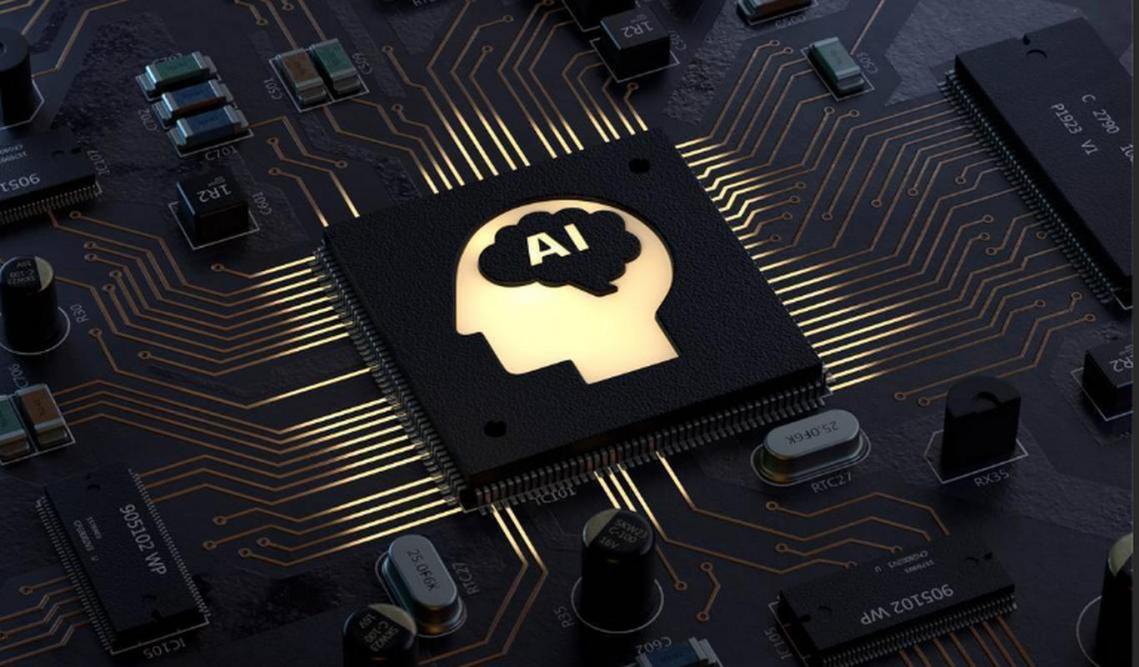
And the "driving force" behind all this is none other than artificial intelligence (AI) chips. These chips act as the "brain" of AI. Previously, our electronic devices were powered by CPUs, which handled general data processing. But as we entered the "smart" era, CPUs no longer had the speed and efficiency to meet the growing demands. This gave rise to AI chips, which provide immense computational power, enabling AI to become smarter.
The leapfrog development of AI chips is akin to equipping the brain with a "super brain". In the past, AI computation primarily relied on traditional computer processors (CPUs), which were akin to asking an average person to solve complex math problems—an inevitably slow process. Then came the Graphics Processing Units (GPUs), which acted as a mathematical genius, significantly speeding up computations. However, GPUs were originally designed for graphical processing. While they can handle some AI tasks, their efficiency falters when tackling massive datasets and intricate deep-learning workloads. If CPUs and GPUs are generic computational tools, then AI chips are tailored "personal trainers" designed to help machines achieve intelligence breakthroughs in record time.
This technological leap is like transforming a "200-pound couch potato" into a "muscle-bound athlete". Early AI chips struggled with performance and efficiency due to limitations in design, cost, and technology. But as science advanced and breakthroughs were achieved, AI chips overcame these hurdles. Naturally, many companies have eagerly invested in this technology, with NVIDIA's Jetson series and Google leading the way with their chips.
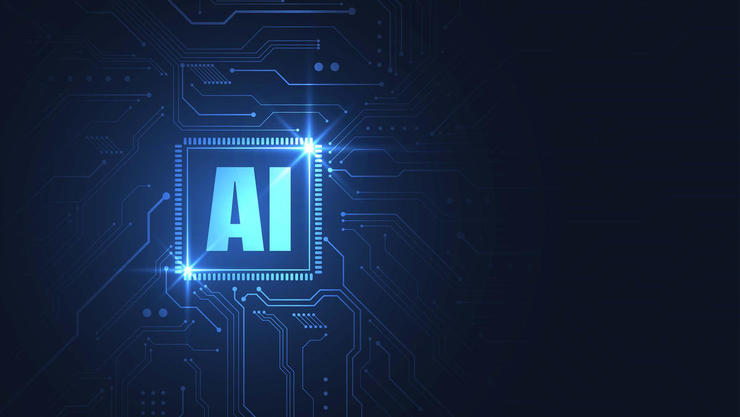
Take Google's TPU (Tensor Processing Unit), for instance—it's a chip "tailored" specifically for AI. Imagine training for a marathon on a treadmill: if you had a "speed booster" to enhance your pace, you could finish much faster. Not only does this booster help you run faster, but it also conserves your energy (reduces power consumption), allowing you to sustain high efficiency throughout the race. TPUs achieve this by tightly integrating hardware and software, enabling AI to process vast amounts of data in a short time and further enhance its intelligence.
In the past, AI chips were primarily used in cloud-based supercomputers. Today, they’ve made their way into an increasing number of devices, from smartphones and autonomous vehicles to household appliances and robots. It’s like the tools we use in our daily lives evolving from "blunt instruments" into "smart gadgets". However, as chip processing power improves, the challenge of maintaining low power consumption remains. If your smartphone processor becomes extraordinarily powerful but constantly requires charging, its convenience will be greatly diminished. Thus, optimising the energy efficiency of AI chips—making them both fast and power-efficient—has become another crucial focus for developers.
The risk of data breaches is significant, so protecting these chips is an ever-present concern for engineers.
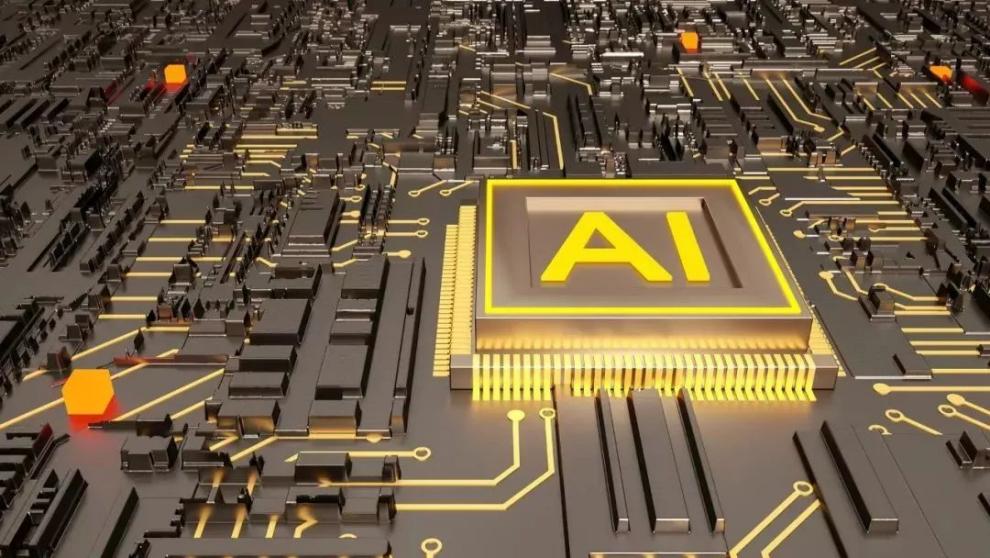
With continuous advancements in technology, AI chips will become increasingly powerful, helping people solve even more complex problems and driving us toward a more intelligent era. In the future, every smart device around us may leverage these chips to become more intelligent, seamlessly integrating AI into our daily lives. It’s like giving machines a brain, making them more attuned to our needs. The future of AI chips is bound to bring us countless surprises across various fields!
(Writer:Dirick)



